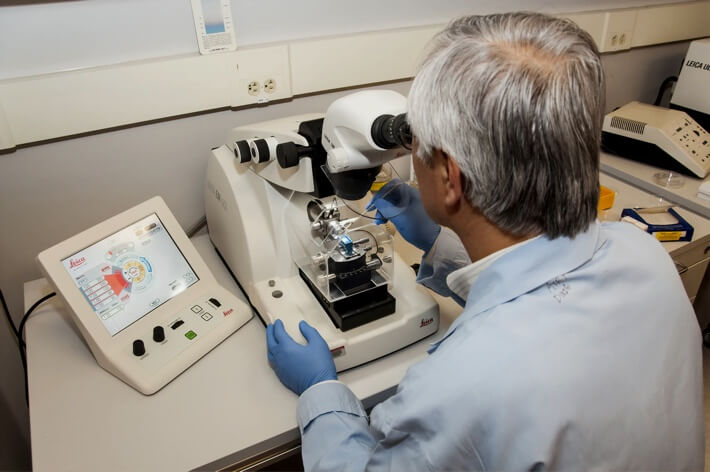X-ray Analysis
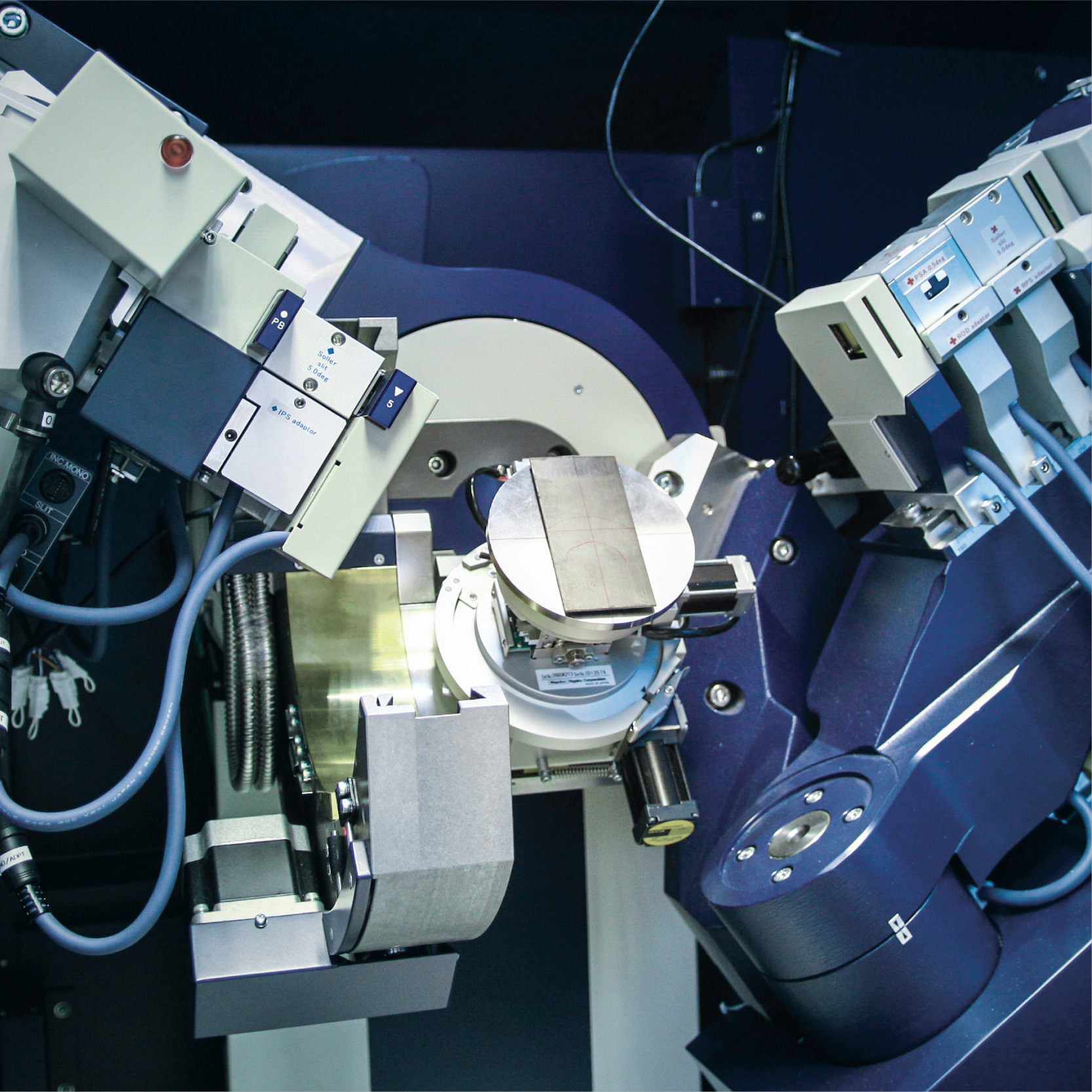
X-ray analysis can reveal a sample’s chemical composition and assess numerous structural properties of crystalline, semicrystalline, or amorphous materials. The diversity of x-ray techniques makes them widely suited for analysis in the research and development of semiconductors, photovoltaics, pharmaceuticals, and other advanced material technologies.
Covalent supplies a range of services to support your work with x-ray characterization: with x-ray diffraction (XRD), analysts can measure offcut and residual stress, generate reciprocal space maps, characterize crystal structure, and more; X-ray reflectometry (XRR) can be used to analyze thickness and interfacial roughness of multilayer thin films; X-ray spectroscopy methods – such as x-ray fluorescence (XRF) spectroscopy – provide relative elemental composition; and x-rays can be used in 2D and 3D imaging via digital x-ray radiography and micro-computed tomography (micro-CT).
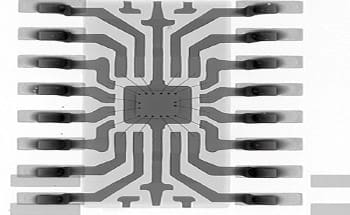
Transmission X-ray (HR): Inspection and Imaging (2.5D X-ray)
2.5D X-ray inspection enables non-destructive imaging of both the exterior and interior features of complex parts, assemblies, and devices from multiple angles. It is widely used for quality control on printed circuit boards (PCBs), machined components, medical devices, and more.
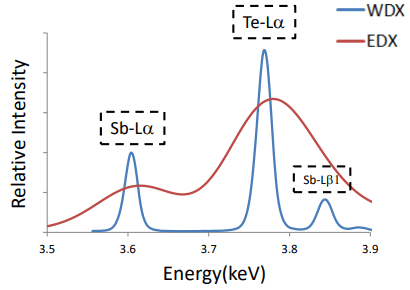
Wavelength Dispersive X-ray Fluorescence Spectroscopy (WDXRF)
Wavelength dispersive x-ray fluorescence spectroscopy (WDXRF or WDX) is a non-contact, non-destructive technique used to measure elemental composition, elemental concentration per unit area, and film thickness. Due to its acute element sensitivity, it is particularly useful for identifying trace elements.

X-ray Computed Tomography (Micro-CT)
X-ray computed tomography (often referred to as Micro-CT due to its spatial resolution) is a non-contact, nondestructive 2D / 3D imaging technique used to capture morphology and topography at the micron scale of the exterior and interior of the sample. Covalent uses the best-in-class benchtop Micro-CT instrument, the CT Lab HX130; this is the only HX130 system available for service in North America outside of Rigaku Corp.
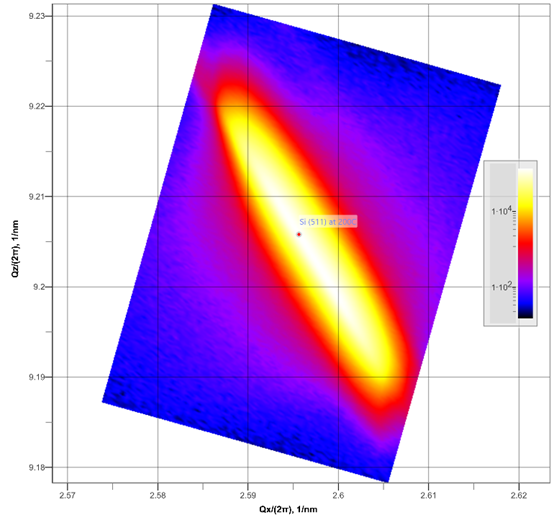
X-ray Diffraction (XRD)
X-ray Diffraction (XRD) is a nondestructive analytical technique which can be used to measure both physical and chemical properties of crystalline powders, thin films, epitaxial films, and bulk solid materials. At Covalent, we use the newest in XRD technology, utilizing a high-brilliance Rotating Anode Cu source, Hypix-3000 Hybrid Pixel Array detector, and a variety of high-resolution optics.

X-ray Reflectometry (XRR)
X-ray Reflectometry (XRR) is a non-contact, non-destructive x-ray characterization technique suitable for both amorphous and crystalline materials. It provides refined film thicknesses, densities, and interfacial roughness determinations for film stacks whose approximate chemistries and thicknesses are known.
Techniques Showcase
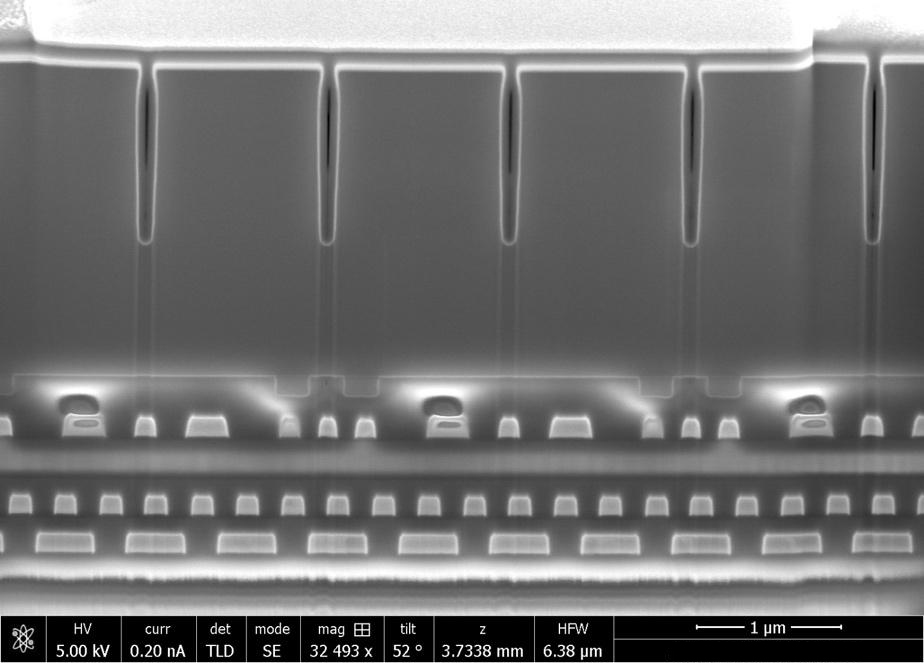
Focused Ion Beam Scanning Electron Microscopy (FIB-SEM)
FIB-SEM systems are used to produce 2D and 3D images of surface topography, and are able to resolve...
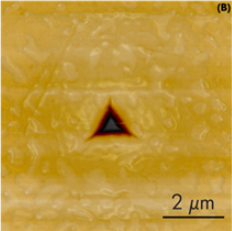
Nanoindentation (Nano-Indent)
Nanoindentation is a quasi-static mode of nanomechanical analysis used to measure hardness and reduced elastic modulus of solid...
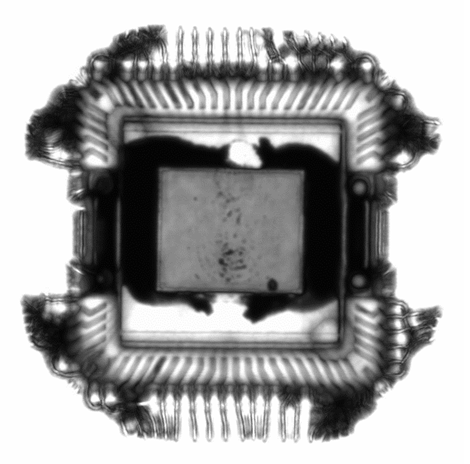
Scanning Acoustic Microscopy (SAM)
Scanning Acoustic Microscopy (SAM) is a non-destructive and non-invasive imaging technique which uses ultrasound signals to visualize the...
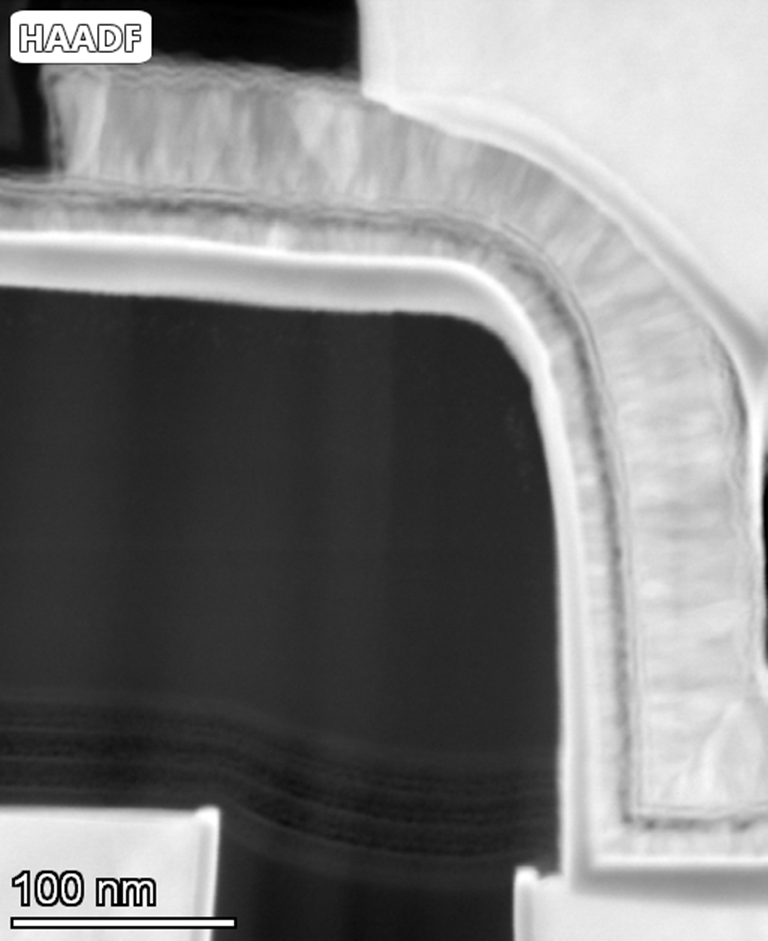
Scanning Transmission Electron Microscopy (STEM)
STEM is a hybrid electron microscopy technique used for imaging and morphological characterization with atomic-scale resolution. In Covalent's...
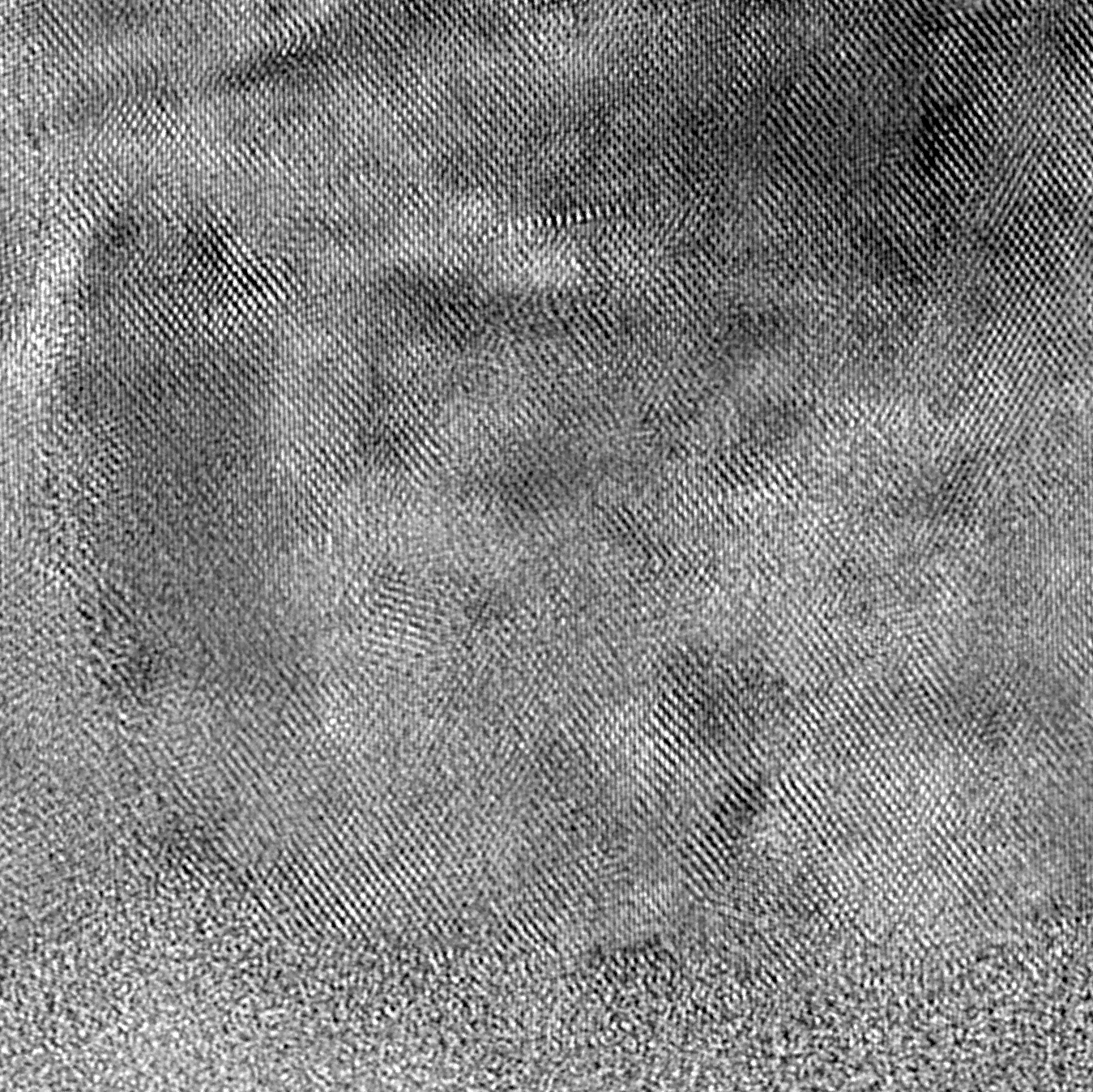
Transmission Electron Microscopy (TEM)
TEM is the highest-resolution imaging technique available today. It is used to visualize sample features with atomic-level spatial...
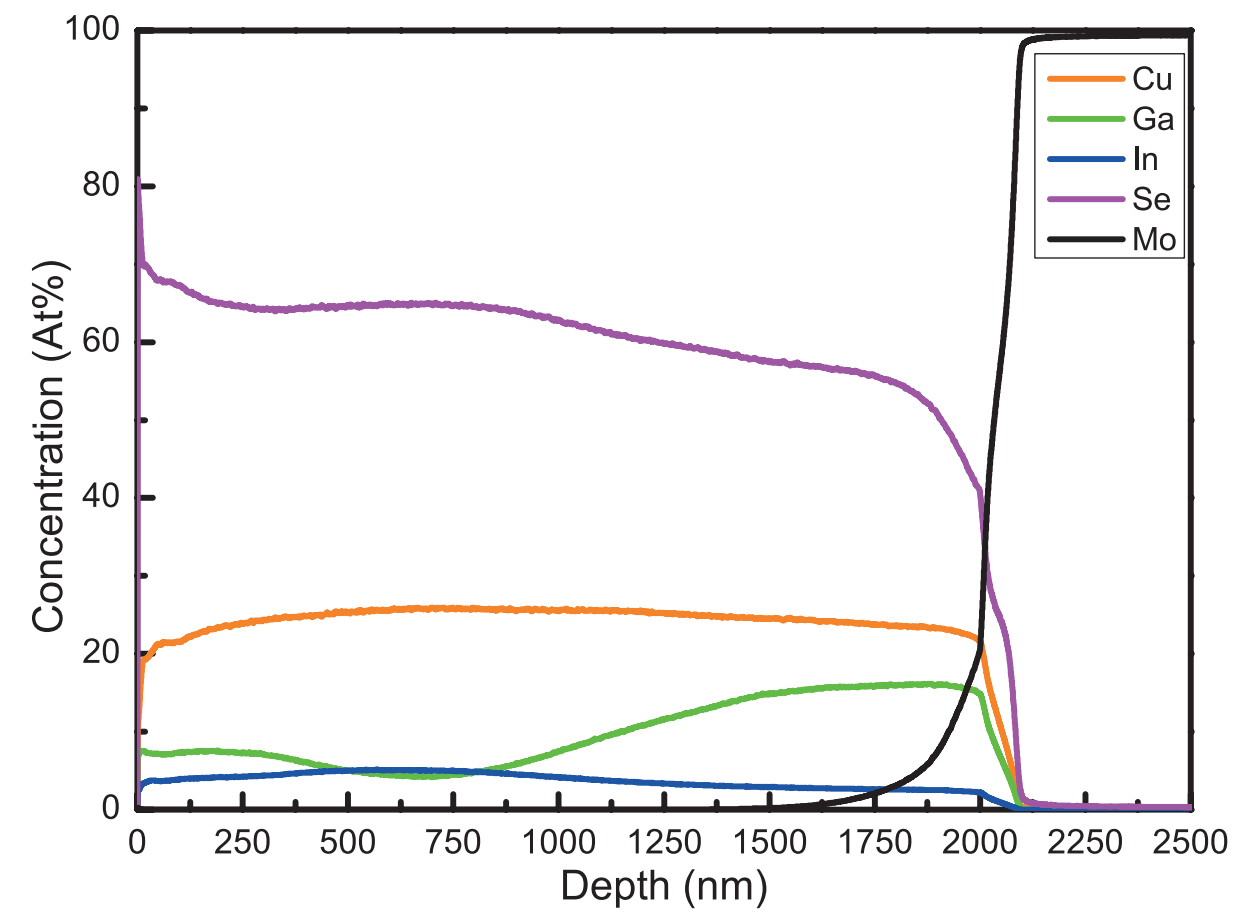
Glow Discharge Optical Emission Spectroscopy (GDOES)
Glow discharge optical emission spectroscopy (GDOES) is a quantitative, chemical analytical technique used to study the elemental composition...

Inductively Coupled Plasma Mass Spectroscopy (ICP-MS)
Inductively Coupled Plasma Mass Spectroscopy (ICP-MS) is a highly sensitive chemical analysis technique which measures the elemental composition...
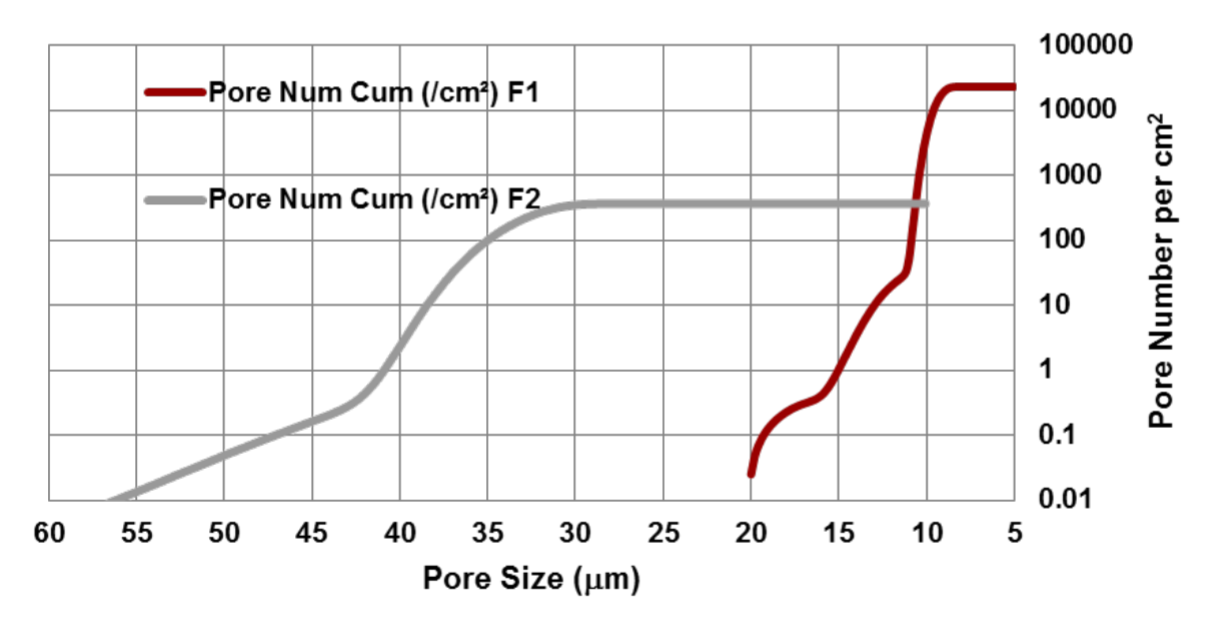
Capillary Flow Porometry (Porometry)
Capillary Flow Porometry (also called Porometry) is an optimal technique for characterizing through-pore size and size distribution.
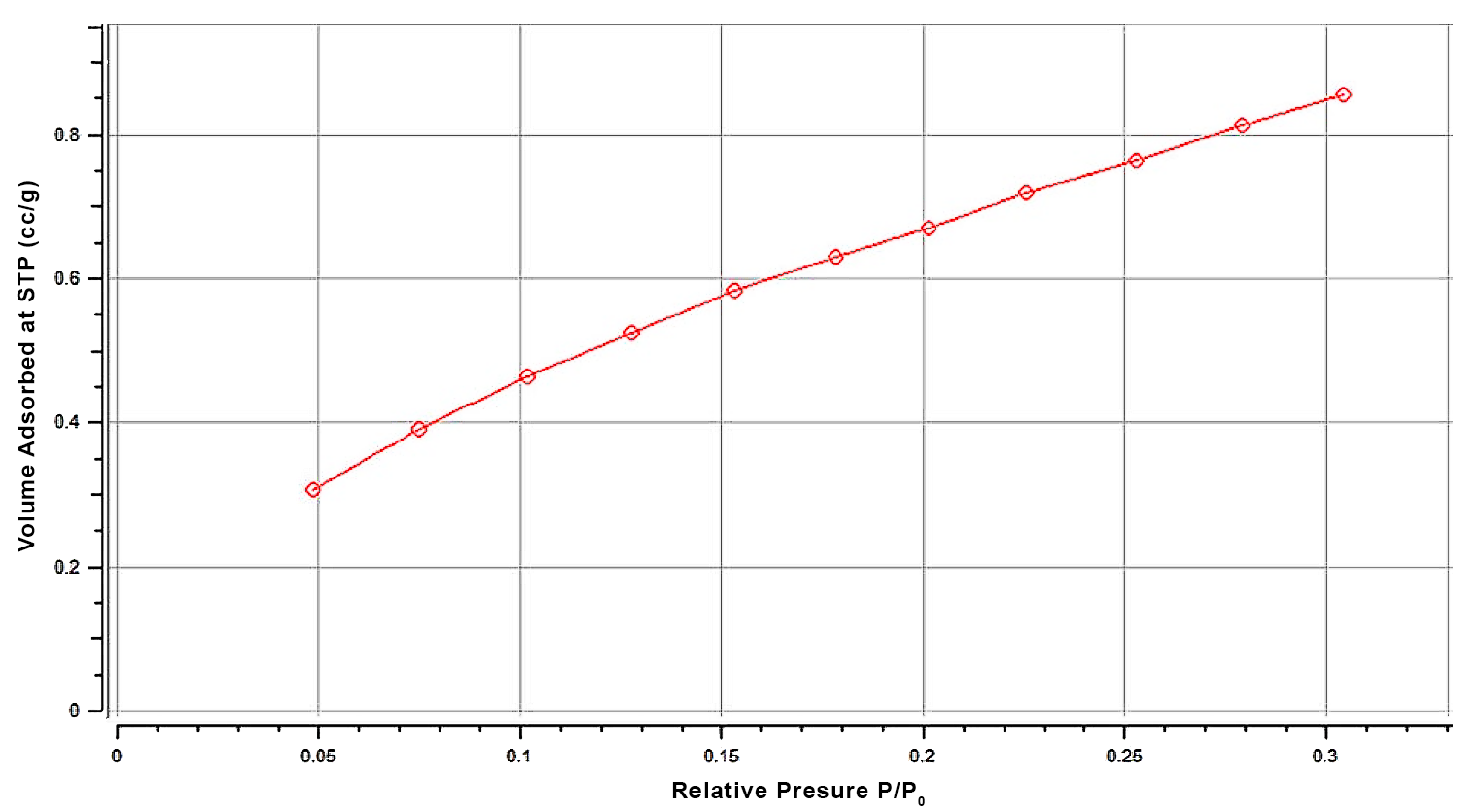
Porosimetry
Gas Adsorption Analysis is used for measuring specific surface area, pore sizes / size distribution, and overall porosity...

Tap Density Analysis
Tap Density Analysis provides fast, effective measurements of the bulk density of powders and establishes a quantitative metric...

Focused Ion Beam Scanning Electron Microscopy (FIB-SEM)
FIB-SEM systems are used to produce 2D and 3D images of surface topography, and are able to resolve...

X-ray Computed Tomography (Micro-CT)
X-ray computed tomography (often referred to as Micro-CT due to its spatial resolution) is a non-contact, nondestructive 2D...

Nanoindentation (Nano-Indent)
Nanoindentation is a quasi-static mode of nanomechanical analysis used to measure hardness and reduced elastic modulus of solid...
